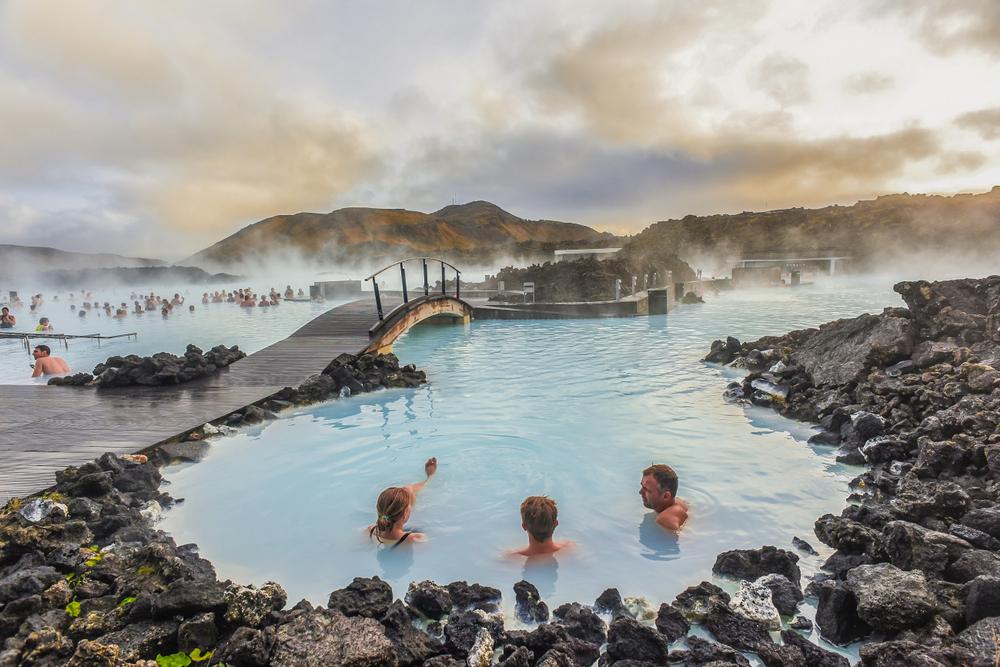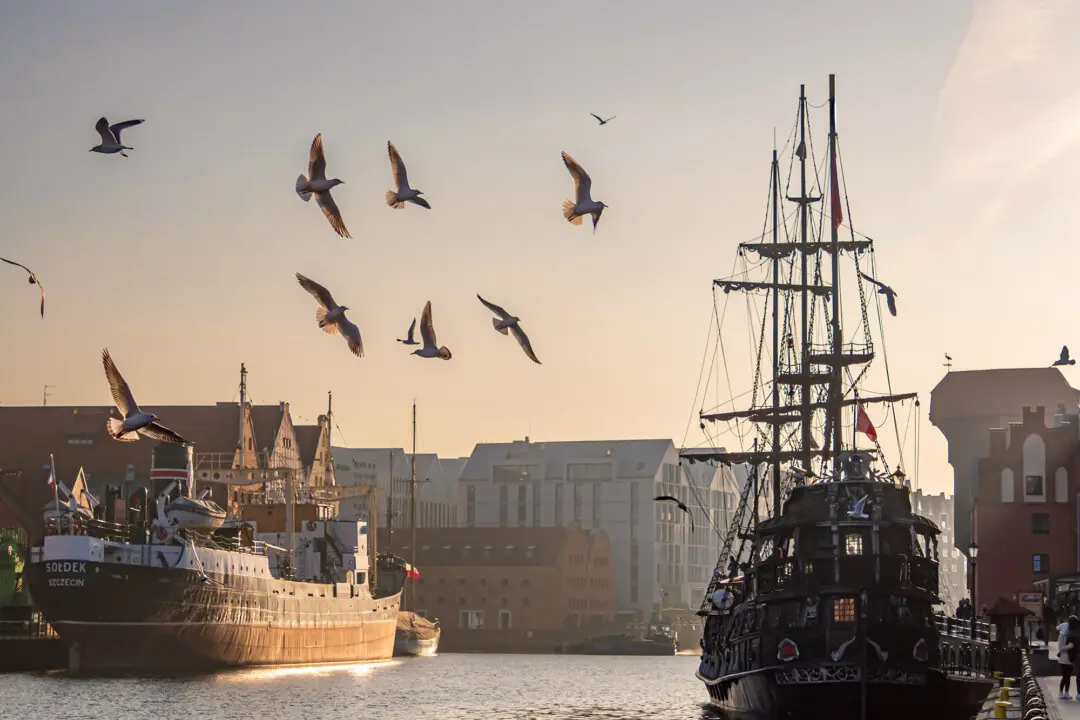You really shouldn’t be able to swim here. Set on barren shores in the northern reaches of the North Atlantic, the surrounding waters are nothing short of frigid, normally forbidding people from even dipping a toe into the cold sea. But still, there’s a beach. And people paddling around in the water.
Pulling up my swimming trunks and drawing a deep breath, I wade in, forcing myself deeper, step by step, until I’m completely submerged.





